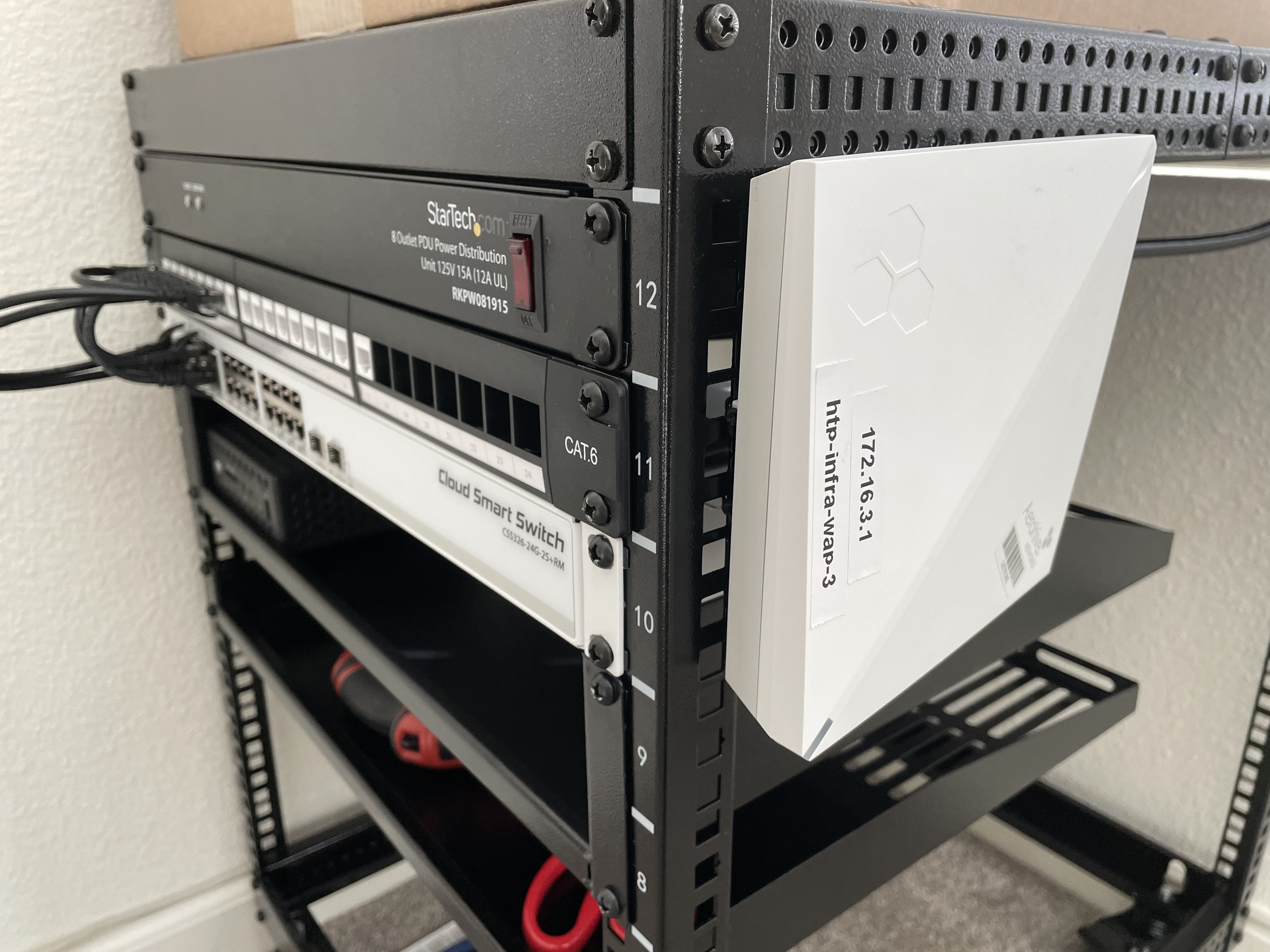Starting a Homelab
Howdy! The past few days have been a bit rough for me so today’s post is going to be pretty short. A couple of weeks ago, I mentioned that I’d be starting a homelab. Over the past week or so, I’ve been doing a lot of planning and material gathering for that project. Today, I just wanted to show-and-tell where I’m at with this project and my future plans moving forward!
Goals
For my homelab, I have a couple of goals:
- Provide stable gigabit wired networking.
- I only have a gigabit fiber uplink anyways, so anything more would be overkill.
- Provide stable wireless networking with good coverage.
- Employ a network-based firewall solution.
- Properly segment my guest network from my secured network.
- Have a server running a bunch of VMs and containers.
- Media server for video content.
- Photography server to maintain my photos.
- NAS server for general storage.
- Backup server for my website and other online projects.
- Grafana server to visualize some key metrics for me.
Hardware
In order to deliver on these goals, I need:
- A rack to easily organize and place everything in.
- A PDU to distribute power to all appliances on the rack.
- A patch panel to organize my cabling.
- A network switch to connect everything together.
- A firewall appliance for the firewall.
- A WAP to deliver wireless networking.
- A server with Proxmox to host all the VMs and containers.
Progress
So far, I’m making progress gathering the materials! Here’s my homelab so far:

I got the rack, PDU, patch panel, switch, and WAP, and I also have a mini PC I’ll be using as the firewall appliance once I throw OPNsense on there. For the patch panel, I opted to get a keystone patch panel since I don’t really need 24 network ports; I’ll be installing other, more useful keystones that can give me quick access such as HDMI or USB keystones. For the switch, I opted to use a layer 2 MikroTik switch since it’s affordable and fanless, meaning it’s quiet. The WAP is a spare Aerohive AP130 I had lying around from a “Hack the Planet!” event I hosted.
Since the firewall is just going to be a repurposed mini PC, I can also use its shelf to host a future Raspberry Pi cluster. There’s no reason why I need to besides just messing around and having fun. If that’s the route that I choose to take, it’d probably make sense for me to get some PoE injectors or another switch with PoE capabilities so I can power the Pis from Ethernet using a PoE Pi hat.
I’m leaving 2U of space underneath the firewall/Pi shelf for experimentation. This space is deliberately free so I can conveniently rack something I want to examine. Underneath those 2U of free space is going to be a drawer to store cables, keystones, etc. and then the bottom 4U will be for the server.
I initially wanted to get a Dell PowerEdge as a server but decided it would make more sense for me to get a ThinkStation P520 and just upgrade the GPU and RAM. It’ll be quieter, easier to service, and readily accept consumer parts off the shelf. Plus, the power draw and noise will be much lower. I’ll throw Proxmox on there as my hypervisor and spin up a bunch of VMs and containers.
I’m having a lot of fun! There’s just a relaxing pleasure to be found in patching cables and racking equipment. Unfortunately, my focus is shifting a little bit, but this still gives me something fun to do on the weekends or after work. I should be finishing up my garage workshop project next week or the week after, and I may opt to pursue my hydroponics garden project in July instead of June. I’ll see; the point is to have fun, not overload myself. Until then,
Happy hacking!